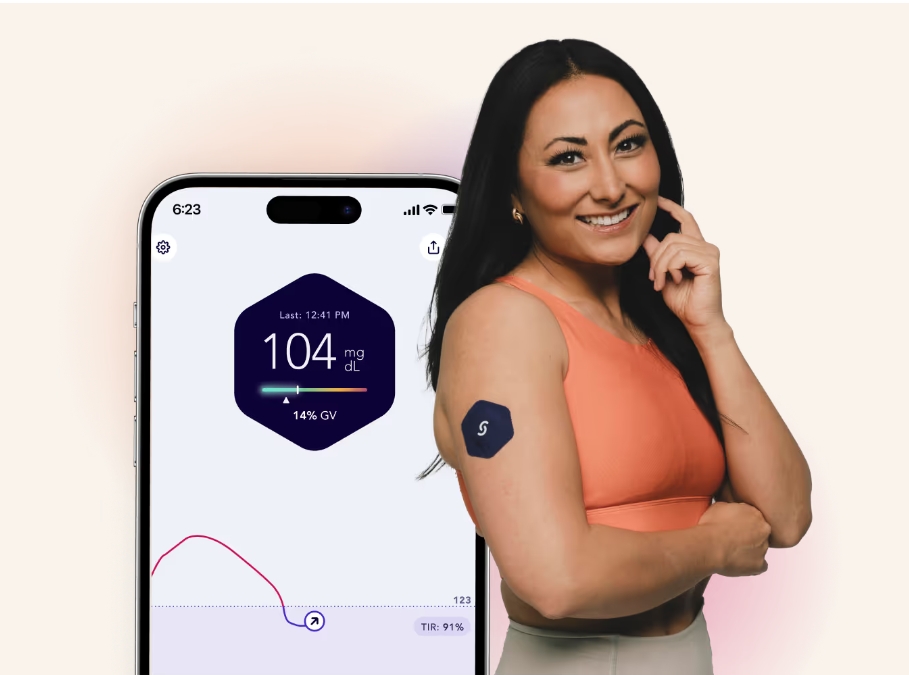- 💧 Frequent urination (especially at night)
- 💤 Mid-day crashes or intense fatigue after meals
- 🏋️ Excessive soreness after light exercise
- 🌙 Poor sleep and waking up frequently
- ⚖️ Struggling to lose weight, even with consistent effort
- Higher triglycerides
- Higher LDL (especially small, dense particles that damage arteries)
- Lower HDL (the “clean-up” cholesterol)
So if your body has been whispering that something’s off, a CGM can help you hear it loud and clear.
How Insulin Resistance Affects Your Brain?
- Brain fog
- Memory loss
- Slowed thinking
- Cognitive decline over time
Some researchers call Alzheimer’s Type 3 Diabetes because the brain becomes insulin resistant, too.
There are plenty of studies now that [show] in individuals with Alzheimer’s disease, they have insulin resistance solely in their brain,” says Elizabeth Rhea, a neuroscientist at the University of Washington in Seattle. “Which means they don’t have high blood sugar, or require diabetes medicine. To make matters more complicated, insulin resistance in the brain isn’t detectable with a blood test—it requires brain tissue, something that’s basically impossible to get from live patients.
“The unexpected ways Ozempic-like drugs might fight Alzheimer’s,” National Geographic (Paid article)
This highlights an important distinction:
You can have normal insulin function in the body but still have insulin resistance in the brain, and no standard lab test will detect it.
By using a CGM and lowering my mom’s post-meal spikes, we gave her brain a better shot at staying clear, focused, and independent.
And honestly? The results weren’t just measurable—they were visible.
- Walking after meals
- Reordering the way you eat your food (broccoli, then chicken, then potatoes)
- Starting the day with a high-protein breakfast
And within days, you start feeling better.
Kevin calls it one of the biggest surprises:
“Being able to sleep through the night was one of the greatest gifts a CGM gave me.”
The energy. The clarity. The stable mood.
Once you know how good your body can feel, you start craving it.
- Normal labs don’t always mean all is well.
- You can be insulin resistant without being pre-diabetic.
- Early signs include:
- Mid-day crashes
- Waking up at night
- Struggling to lose weight
- Frequent urination
- Cholesterol levels may also shift to higher triglycerides, denser LDL, and lower HDL.
- Insulin resistance prevents your body from burning fat and your brain from utilizing sugar as a fuel source.
- Your brain can’t run on fuel it can’t access.
- A CGM shows what’s happening after meals.
If you’re already wearing a smartwatch to track steps, why not wear a CGM to track something even more important—how your body handles food?
📉 One month of data can change how you eat, move, sleep, and think.




